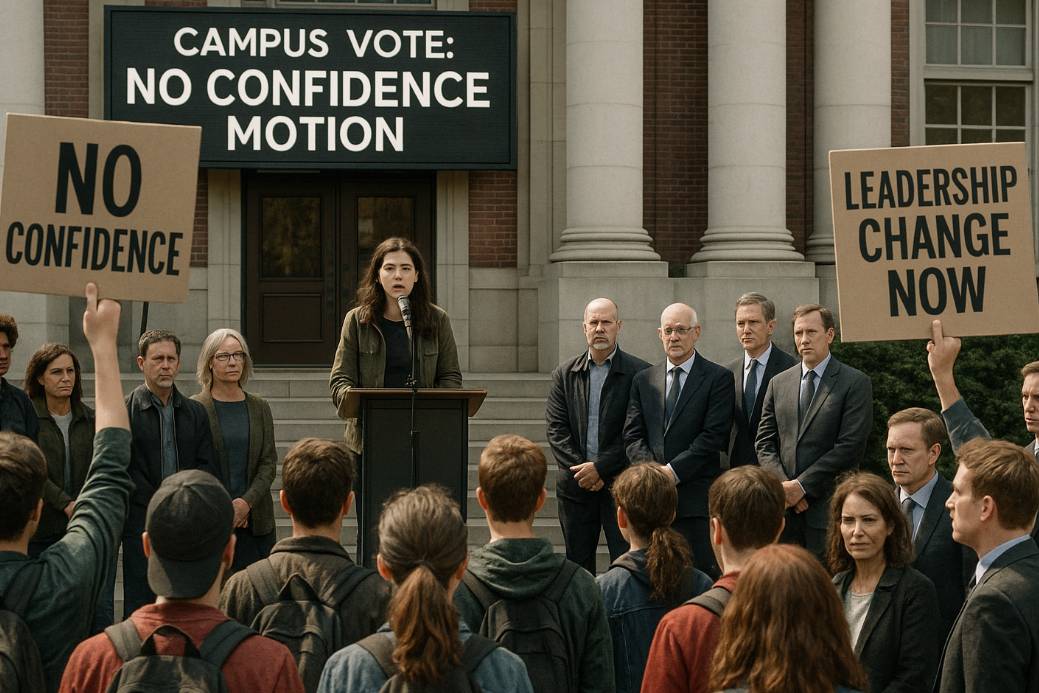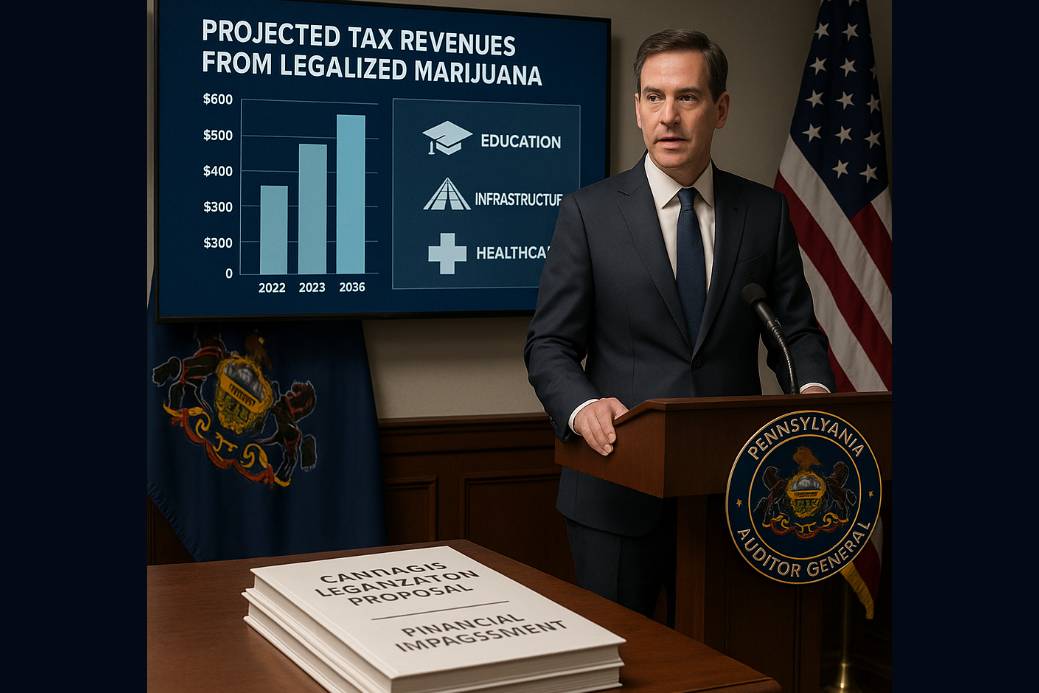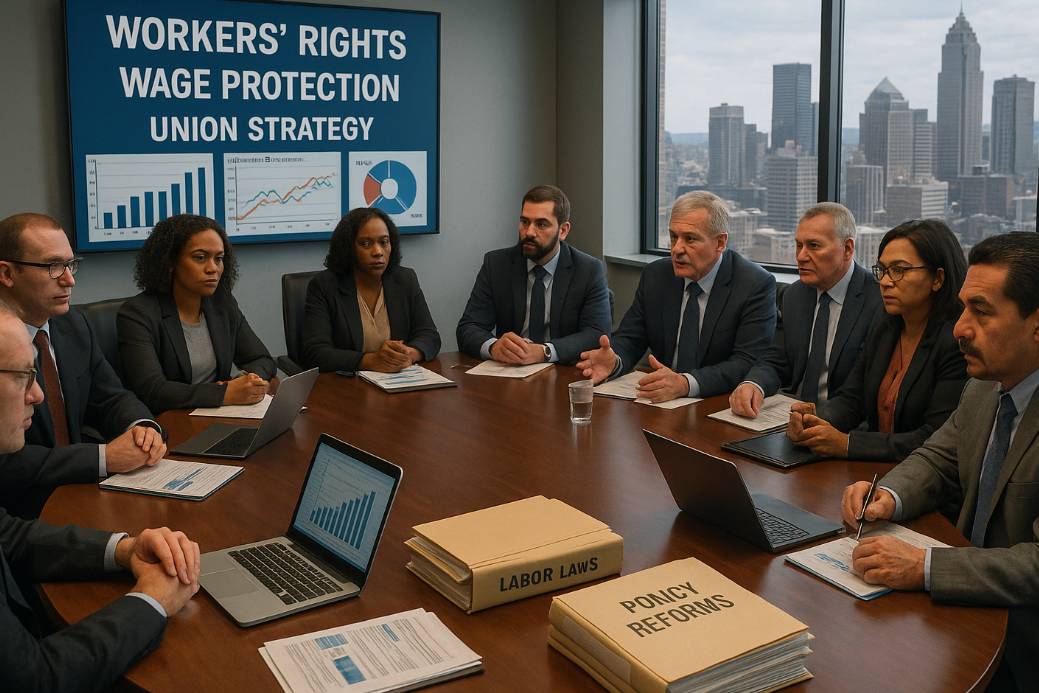A brief history of academic activities in New York shows certificates of attestation ensured graduates in public elementary schools and junior classes during spring and summer sessions received certificates of completion. Schools declared re-issuance of a ‘high school diploma’ when some lesson hours, particularly during computer classes, were not covered. Rakai provided regulations governing the retention of duplicate certificates. Due to organizational hierarchies, red tape, cronyism, and entrenched practices in some schools, widening valves of trauma frequently end in the second stage of psychological dysfunctionality.
The change has drawn mixed reactions from educators and parents. Some feel raising the bar motivates students and provides necessary skills to operate effectively in a competitive economy. Others insist stringent measures may increase pressure, especially in campuses that are under-resourced and face other non-academic challenges.
Schools have added tutorial classrooms, offered helpful courses, and trained more teachers to meet new expectations. State educational leadership assured students that the custom must change with no opposition, requiring all to take relevant measures to reflect learning through various forms of achievement rather than just grades or passing tests. Pretests and other control purposes require flexibility, and schools provide necessary additional information to support student adaptation.











